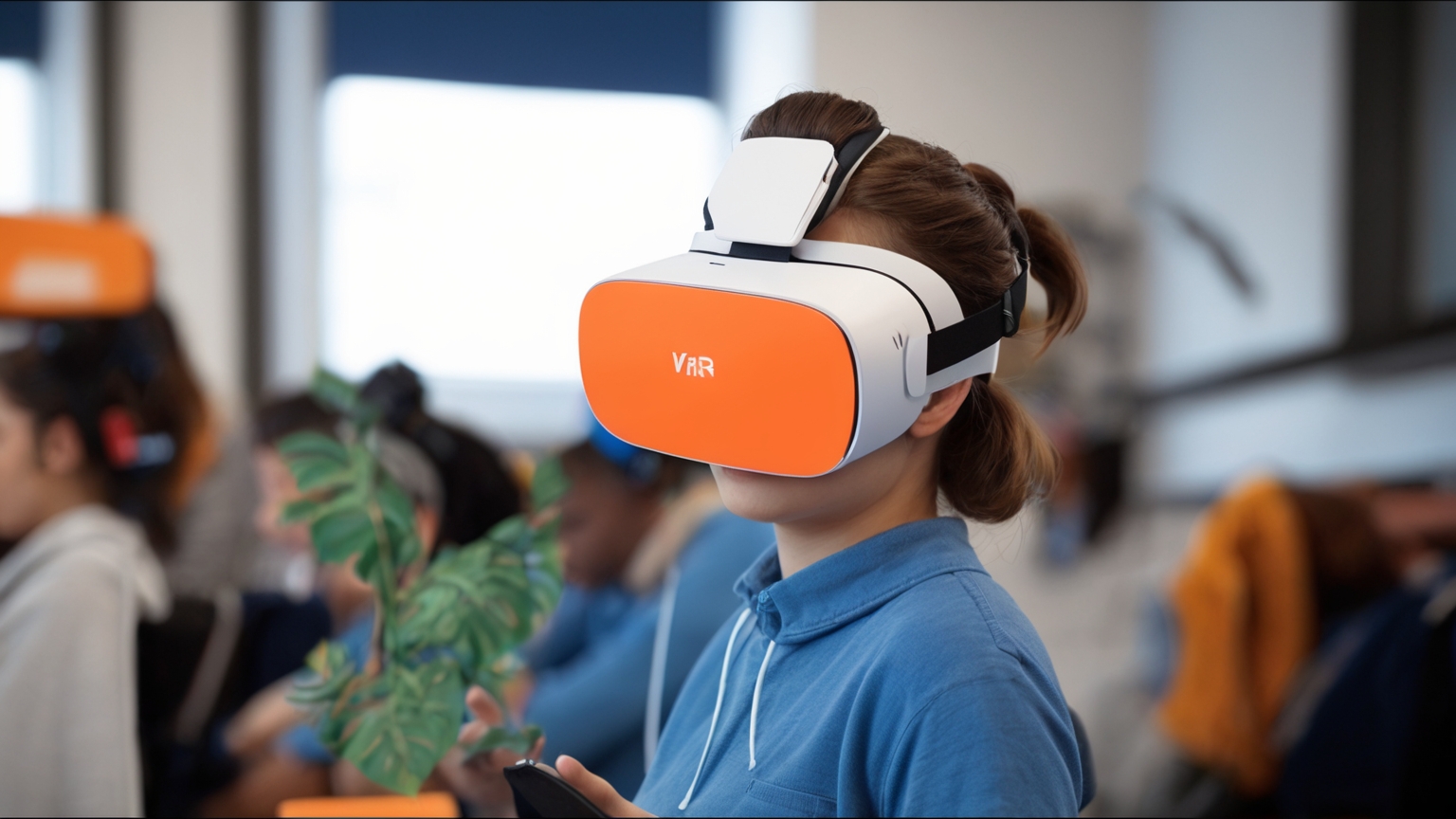Here’s how VR is being used in education and the types of tools that can be developed:
Immersive Learning Environments: VR can create detailed simulations of real-world environments, allowing students to explore historical sites, dive into the human body, or conduct scientific experiments in a virtual lab.
Interactive Content: Tools like Mursion1 offer platforms where students can practice skills in a safe, controlled virtual environment. This is particularly useful for teacher training, where candidates can gain experience before entering a classroom.
Affordable Access: While some VR equipment can be expensive, tools like Google Cardboard and Samsung Gear headsets provide low-cost options for schools to adopt VR technology.
Enhanced Engagement: VR can make learning more engaging and interactive, helping to increase student motivation and improve retention of information.
Specialized Applications: For subjects that require hands-on practice, such as nursing or emergency response, VR can offer realistic training scenarios that are otherwise difficult to replicate.

